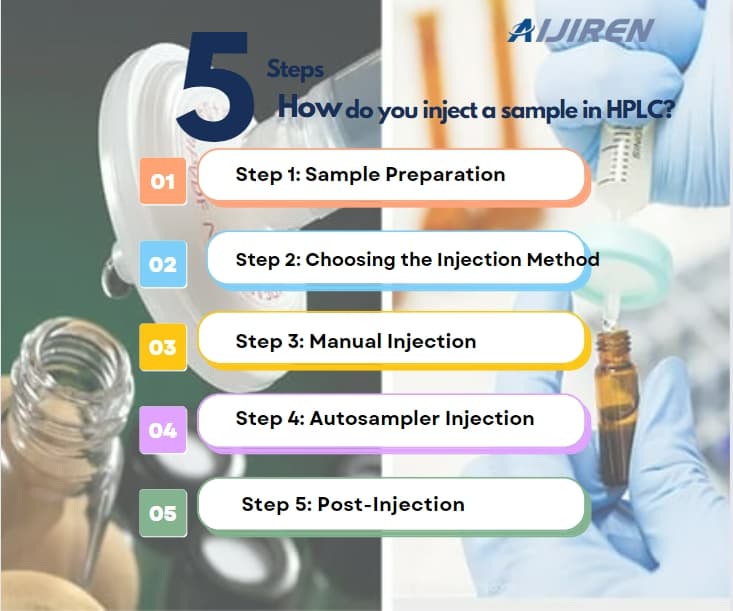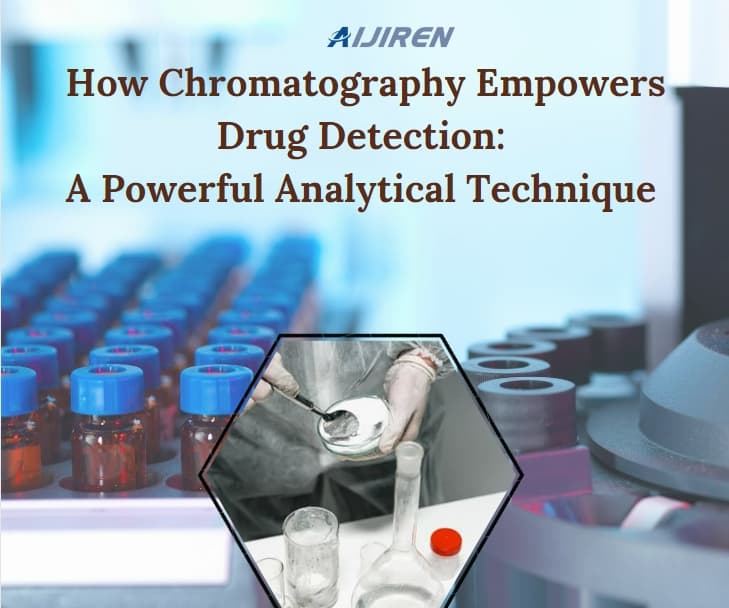How Chromatography Empowers Drug Detection: A Powerful Analytical Technique
Chromatography, an indispensable analytical technique, plays a pivotal role in drug detection. It is a versatile method that allows scientists and forensic experts to separate and identify drug compounds from complex samples with high precision and accuracy. By employing various chromatographic techniques, such as gas chromatography (GC), liquid chromatography (LC), and thin-layer chromatography (TLC), drug detection becomes possible even in trace amounts. In this blog, we will delve into the world of chromatography and explore how it is used to detect drugs.
Chromatography is based on the principle of compound separation using a stationary phase and a mobile phase. The stationary phase is a solid or liquid material that is immobile, while the mobile phase is a fluid that carries the sample through the stationary phase. As the sample interacts with the stationary phase, different compounds within the sample exhibit varying affinities and interactions, resulting in their separation.
Gas Chromatography (GC) for Drug Detection:
Gas chromatography is an analytical technique widely employed in drug detection. It is particularly useful for volatile and semi-volatile substances. In GC, the sample is vaporized and injected into a column packed with a stationary phase, typically a liquid or solid coating on a solid support. The compounds in the sample interact with the stationary phase at different rates, causing separation. A detector at the end of the column identifies and quantifies the separated compounds. GC is highly sensitive and can detect drugs in very small quantities, making it essential in forensic analysis.
Liquid Chromatography (LC) for Drug Detection:
Liquid chromatography is another powerful technique extensively used in drug detection. Unlike GC, which uses a gas as the mobile phase, LC relies on a liquid solvent. The sample is dissolved in a liquid and injected into a column containing a stationary phase, which can be a solid or a liquid. As the sample passes through the column, the compounds are separated based on their interactions with the stationary phase. Various LC methods, such as high-performance liquid chromatography (HPLC) and ultra-high-performance liquid chromatography (UHPLC), offer enhanced resolution, sensitivity, and speed. LC is ideal for analyzing non-volatile and thermally unstable drugs.
Thin-Layer Chromatography (TLC) for Drug Detection:
Thin-layer chromatography is a simple and cost-effective chromatographic technique used for drug detection. It involves placing a small sample on a thin layer of an adsorbent material, such as silica gel or cellulose, spread on a glass or plastic plate. The plate is then immersed in a solvent, which acts as the mobile phase. As the solvent moves up the plate through capillary action, different compounds in the sample separate based on their affinity for the stationary phase. The separated compounds appear as distinct spots, which can be visualized using various detection methods, such as UV light or chemical reagents. TLC provides rapid qualitative analysis and is often used as a preliminary screening tool.
Applications of Chromatography in Drug Detection:
Chromatography plays a vital role in drug detection across various domains. In forensic science, it enables the identification and quantification of drugs in biological samples, such as blood, urine, and hair, assisting in criminal investigations and toxicology studies. Pharmaceutical companies rely on chromatography to analyze drug purity, monitor drug synthesis processes, and ensure compliance with regulatory standards. Additionally, chromatography is extensively used in sports doping control to detect banned substances in athletes’ urine and blood samples.
Conclusion:
Chromatography is a versatile and indispensable analytical technique used for drug detection. Whether it is gas chromatography, liquid chromatography, or thin-layer chromatography, each method offers unique advantages in separating and identifying drug compounds. The ability to detect drugs in trace amounts with high sensitivity and specificity makes chromatography an invaluable tool in forensic science, pharmaceutical analysis, and sports doping control. As technology advances, chromatography continues to evolve, enabling more accurate and efficient drug detection methods that contribute to the overall safety and well-being of society.
Back to List
-
 下午2:56How do you inject a sample in HPLC?
下午2:56How do you inject a sample in HPLC? -
 上午9:04How Chromatography Empowers Drug Detection: A Powerful Analytical Technique
上午9:04How Chromatography Empowers Drug Detection: A Powerful Analytical Technique -
 下午5:01Navigating Micro Inserts for HPLC Vials: A Comprehensive Guide
下午5:01Navigating Micro Inserts for HPLC Vials: A Comprehensive Guide -
.jpg) 下午5:14Common faults and solutions of automatic samplers(1)
下午5:14Common faults and solutions of automatic samplers(1) -
 下午5:08Ensuring Sample Integrity: Navigating EPA Storage Vials Stability Guidelines
下午5:08Ensuring Sample Integrity: Navigating EPA Storage Vials Stability Guidelines

